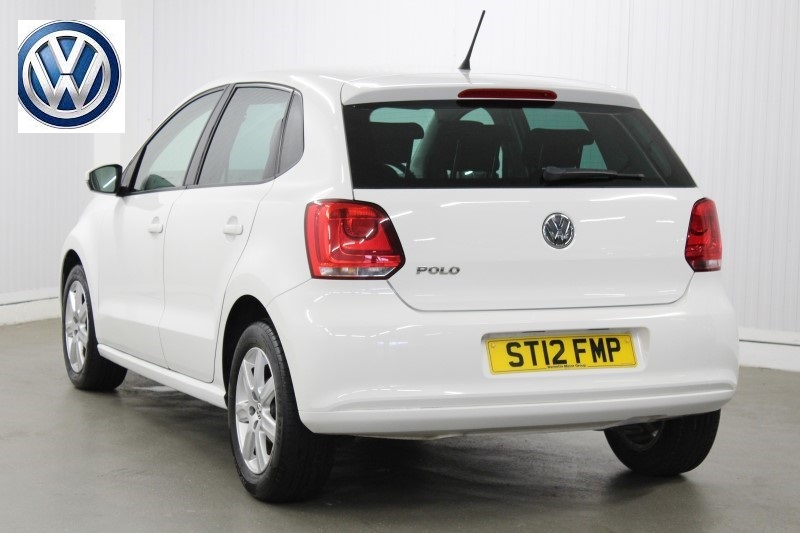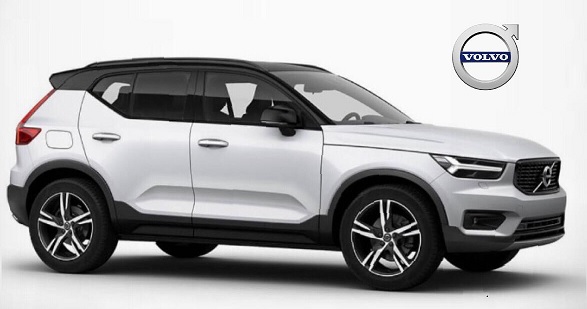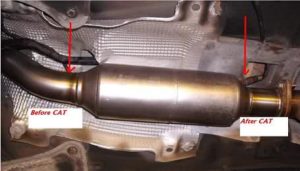
One of the most important sensors in modern cars is the oxygen sensor. Also known as the O2 /Lambda sensor because O2 is the chemical formula for oxygen, the oxygen sensor monitors how much unburned oxygen is present in the exhaust as exhaust exits the engine. By monitoring oxygen levels, the sensor provides a means of measuring fuel mixture. The O2 sensor lets the computer know if the fuel mix is burning rich (not enough oxygen) or lean (too much oxygen). Knowing the ratio of fuel to air allows your vehicle’s engine to make any necessary changes to ensure that your car runs like it should.
A good oxygen sensor is essential for good fuel economy, emissions and optimum engine performance.
Signs You Need a New O2 Sensor
An illuminated check-engine light could be a sign of a more serious issue, such as with the catalytic converter, or something as minor as a loose gas cap, so further investigation is always required. It could, however, indicate that there is a problem with your O2 sensor or even another part of your exhaust or emissions system. Any repair shop should be able to read what triggered your check-engine light.
Other signs that you need a new oxygen sensor include a rough idle, misfiring spark plugs, lack of power, stalling or a significant increase in fuel consumption. Those symptoms could also be indications of other problems. If your vehicle fails an emissions test, a faulty O2 sensor may be to blame for this as well. If you’re experiencing any of the symptoms above, it’s important to have your car inspected and the oxygen sensor replaced if necessary.
Manufacturers recommend oxygen sensors positioned before the Catalytic Converters to be replaced before 160, 000 km ;O2 Sensors positioned after the Catalytic Converters are recommended to replace before 250, 000 km.
Thank you for reading!


























































